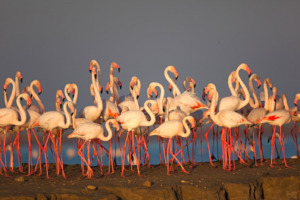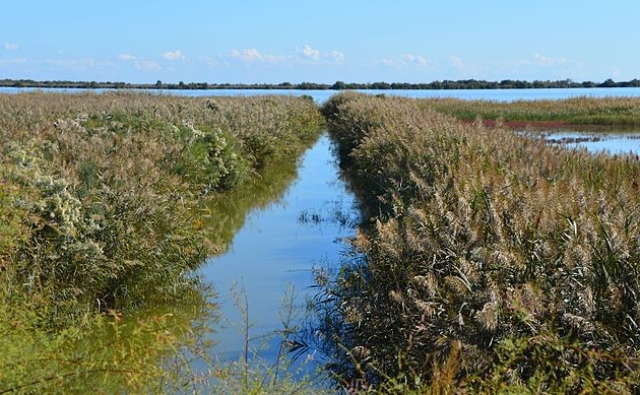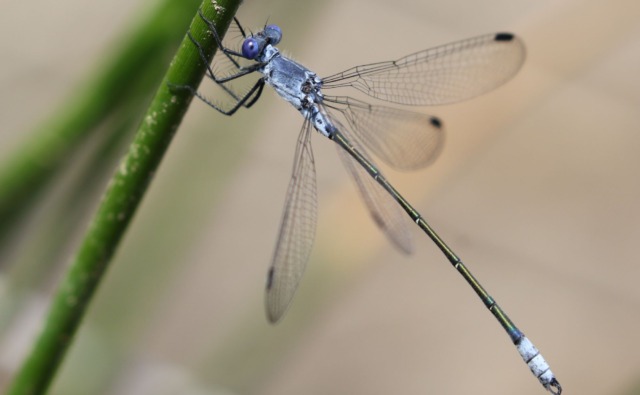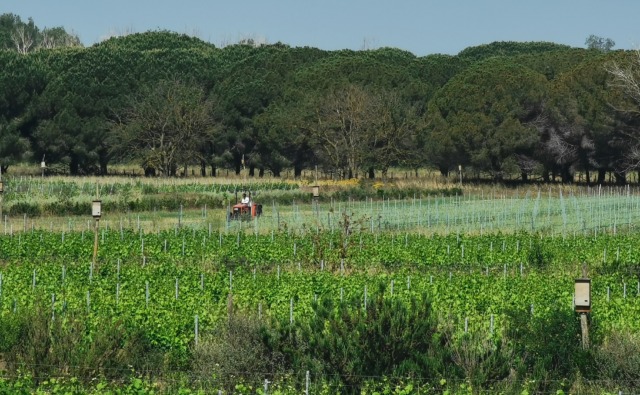Cet article a été publié sur la revue ‘Ecology and Evolution‘. Cette étude à laquelle la Tour du Valat a contribué, explique que les rayonnements solaires directs ternissent rapidement la coloration rose des plumes des flamants. Elle aide également à mieux comprendre le rôle du ‘maquillage’ dans le maintien de la coloration chez ces espèces.
Vous pouvez le retrouver sur le portail documentaire de la Tour du Valat.

Résumé:
Greater flamingos use cosmetic coloration by spreading uropygial secretions pigmented with carotenoids over their feathers, which makes the plumage redder. Because flamingos inhabit open environments that receive direct solar radiation during daytime, and carotenoids bleach when exposed to solar radiation, we expected that the plumage color would fade if there is no maintenance for cosmetic purposes. Here, we show that the concentrations of pigments inside feathers and on the surface of feathers were correlated, as well as that there was a correlation between the concentrations of pigments in the uropygial secretions and on the surface of feathers. There was fading in color (becoming less red) in feathers that received direct solar radiation when there was no plumage maintenance, but not so in others maintained in darkness. When we controlled for the initial color of feathers, the feathers of those individuals with higher concentration of pigments on the feather surfaces were those that lost less coloration after experimental exposure of feathers to sunny conditions. These results indicate that exposure to sunlight is correlated with the fading of feather color, which suggests that individuals need to regularly apply makeup to be more colorful. These results also reinforce the view that these birds use cosmetic coloration as a signal amplifier of plumage color. This may be important in species using highly variable habitats, such as wetlands, since the conditions experienced when molting may differ from those when the signal should be functional, usually months after molting.
Référence bibliographique:
Chiale, M. C., Rendón, M. A., Labaude, S., Deville, A.-S., Garrido-Fernández, J., Pérez- Gálvez, A., Garrido, A., Rendón-Martos, M., Béchet, A., & Amat, J. A. (2021). The color of greater flamingo feathers fades when no cosmetics are applied. Ecology and Evolution, 11, 13773–13779. https://doi.org/10.1002/ece3.8041



